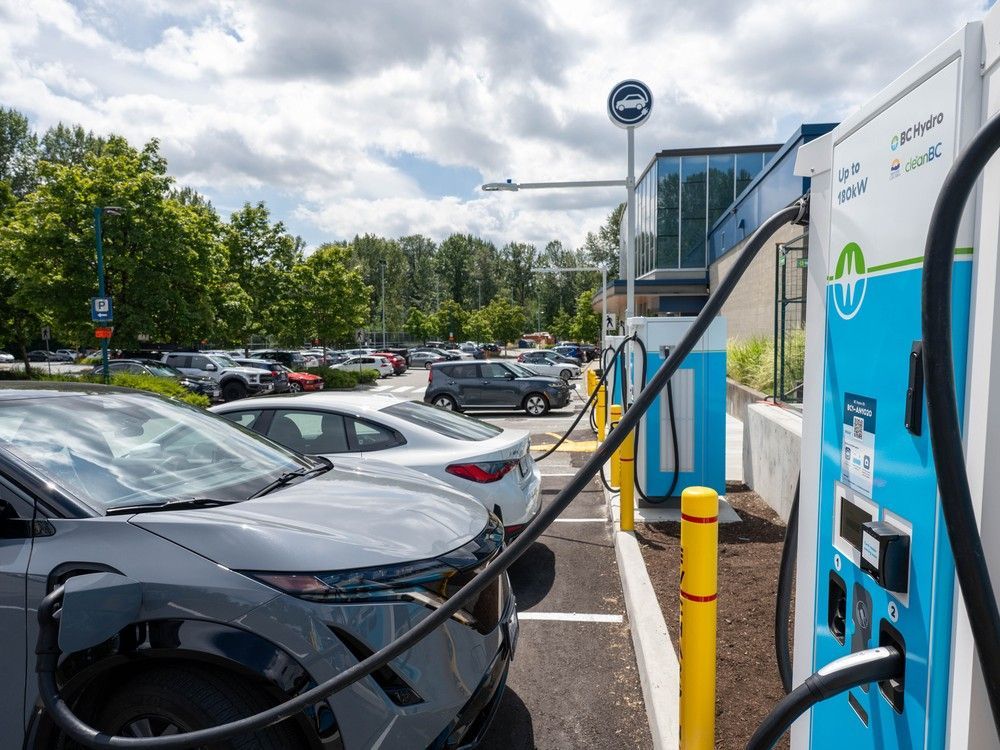Severe Tropical Storm Opong has wreaked havoc across the central Philippines, resulting in four fatalities and displacing thousands from their homes. The storm's impact has been particularly severe in the Bicol Region, where individuals have suffered tragic accidents due to falling debris and lightning strikes. The Office of the Civil Defense reported that approximately 120,888 families, equating to around 433,000 individuals, have sought refuge in evacuation centers. Compounding the crisis, flooding has been reported in over 300 areas, and the storm has disrupted transportation, leaving thousands stranded at ports and airports. The Philippine Coast Guard has noted significant disruptions to maritime operations, with numerous vessels unable to depart due to rough seas.
In response to the escalating situation, government agencies are mobilizing resources to address the immediate needs of affected populations. The Department of Social Welfare and Development has preemptively stockpiled relief supplies, while the Department of Transportation has mandated airlines to provide refunds and rebooking options for stranded passengers. Energy infrastructure has also been severely impacted, with nearly 650,000 households experiencing power outages across multiple regions. Restoration efforts are underway, with the National Electrification Administration coordinating with local electric cooperatives to expedite power recovery. As Opong moves westward, the potential for re-intensification into a typhoon raises concerns for further disruptions, underscoring the need for robust disaster preparedness and response strategies in the face of increasingly severe weather events.








